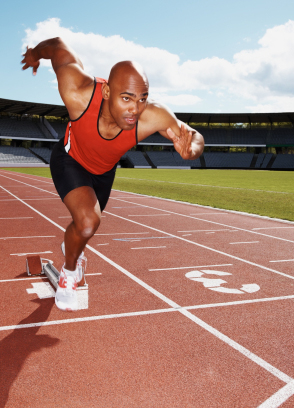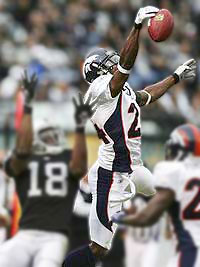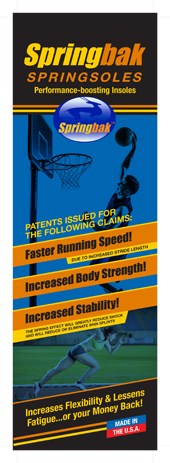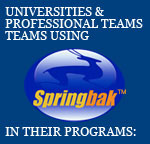Springbak Running Tips For Sprinters
ByHow do genetics affect my running ability?
The past two blog posts we have discussed what type of shoes to purchase to prevent injury and for your foot type, now let’s discuss speed!
 There is a time honored formula for improving running speed: shorten foot-plant time (increase stride frequency) and increase stride length. Let’s discuss a few methods to accomplish both.
There is a time honored formula for improving running speed: shorten foot-plant time (increase stride frequency) and increase stride length. Let’s discuss a few methods to accomplish both.
Speed is perhaps the most coveted component of athletic performance. Whether you are a football player looking to better your 40 yard dash times or a marathoner who wants to improve your distance time, the importance of foot speed in running is unquestionable.
Division I Track and Field programs use our Springbak Springsoles for this very reason. For example, BYU Head Coach, Mark Robison, knows the Springbak Springsoles will accomplish both an increase in stride frequency / stride cadence and an increased stride length for his athletes. All coaches and athletes are seeking a competitive advantage from the equipment they use, to their training programs.
Traditional thinking dictates that to be fast, choose your parents carefully. In other words, speed is a genetic trait. However, while this is true to the extent that it is not possible to be a world class sprinter without genetic endowment, sport science and proper coaching have done much to refute this.
Sprinting speed is an essential element to most sports and a key evaluator of athletic performance. Being geneticly gifted is an important factor that contributes to world-class speed and it cannot be altered period! We need to understand that there are certain individuals that are born with muscular qualities that make them faster simply because of the structural and biochemical properties of their skeletal muscle. However, anyone can increase their speed, just not necessarily to world class athlete status.
The two external factors associated with speed which are trainable are mechanical efficiency (technique) and force production. Mechanical efficiency in sprinting is a skill that must be coached, like swinging a bat, shooting a basketball or throwing a football. When mechanics are perfected, the only way to increase speed is to develop the ability to generate force at greater magnitudes and rates. Sprinting is essentially a game of physics. The athlete who can strike the ground harder and faster, will propel themselves farther down the track, field or court with each step and thus will be faster every time. Talking with world class athletes, Springbak hears the same thing all the time. One of the biggest misconceptions in speed training is that fast sprinters “run light.” In reality, world class sprinters “run violently.” Pound for pound, world-class sprinters are some of the strongest, most powerful athletes in the world and it is that power that separates them from the field.
When watching world class sprinters work out, they shared a lot of training tips, and we are sharing them with you as well. These sprinters use exercises where the foot is in contact with the ground on stable surfaces to develop speed. Because sprinting involves reaction time forces against stable surfaces, sprinting speed is best developed using exercises in which the foot is in contact with the ground and reacts against an immovable surface. Back squats, front squats and deadlifts are exercises that fit into this category. Additionally, the movements in these exercises (extension of the hip, knee, and ankle) are movement specific to the skill of sprinting.
In sprinting, force is generated against the ground on a single leg. Therefore, an ample number of single leg exercises where the foot is in contact with the ground should be incorporated into your program. World class athletes use these methods for a reason – you should too. Lunges, single leg squats and step-ups are all great exercises that can involve triple extension on a single leg and can be used to develop specific sprinting power. Lastly, using plyometrics, or jumping exercises are also great ways to improve sprinting speed. Why? Because plyometrics utilize rapid eccentric and concentric muscle contractions and the forces generated during these exercises are quite similar to sprinting.
Be sure to check the Springbak blog for previous tips and articles!
Article by Mark Vona and Dr. Michael Yessis Phd. – Springbak advisory board.
Visit the Official Springbak® Website at www.springbak.net – Peak Performance Springsoles / Insoles – Run Faster, Jump Higher, Lessen Fatigue
LIKE us on Facebook: www.facebook.com/springbak
Tweet with us on Twitter: www.twitter.com/springbak
Friend us on MySpace: www.myspace.com/springbak
Tune in on YouTube: www.youtube.com/springbakinc






















